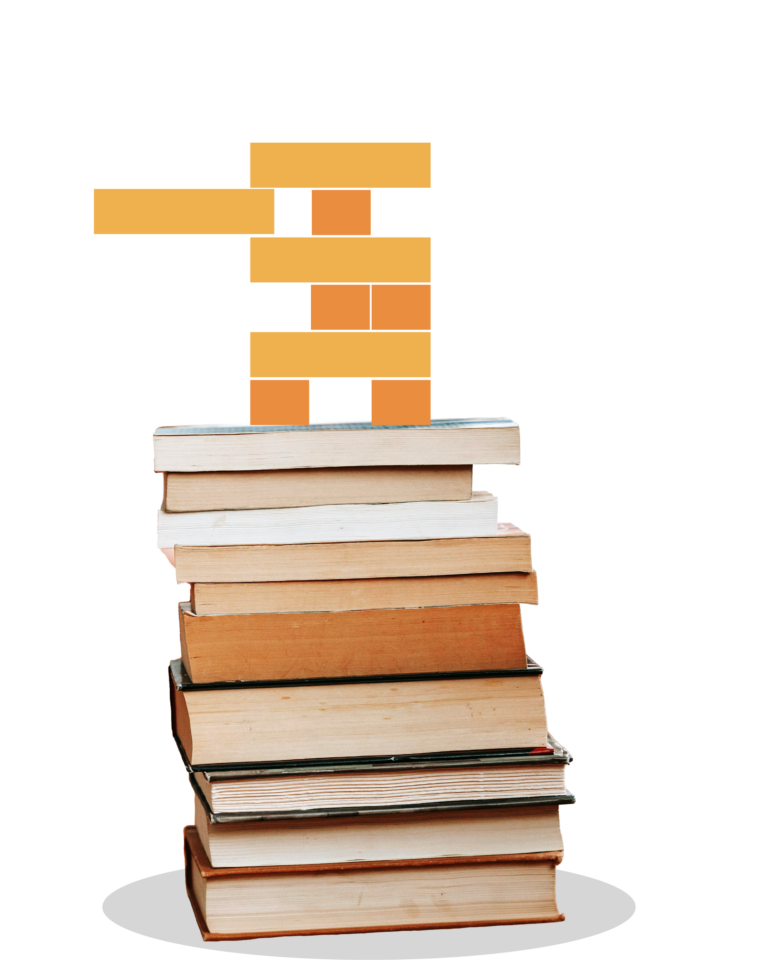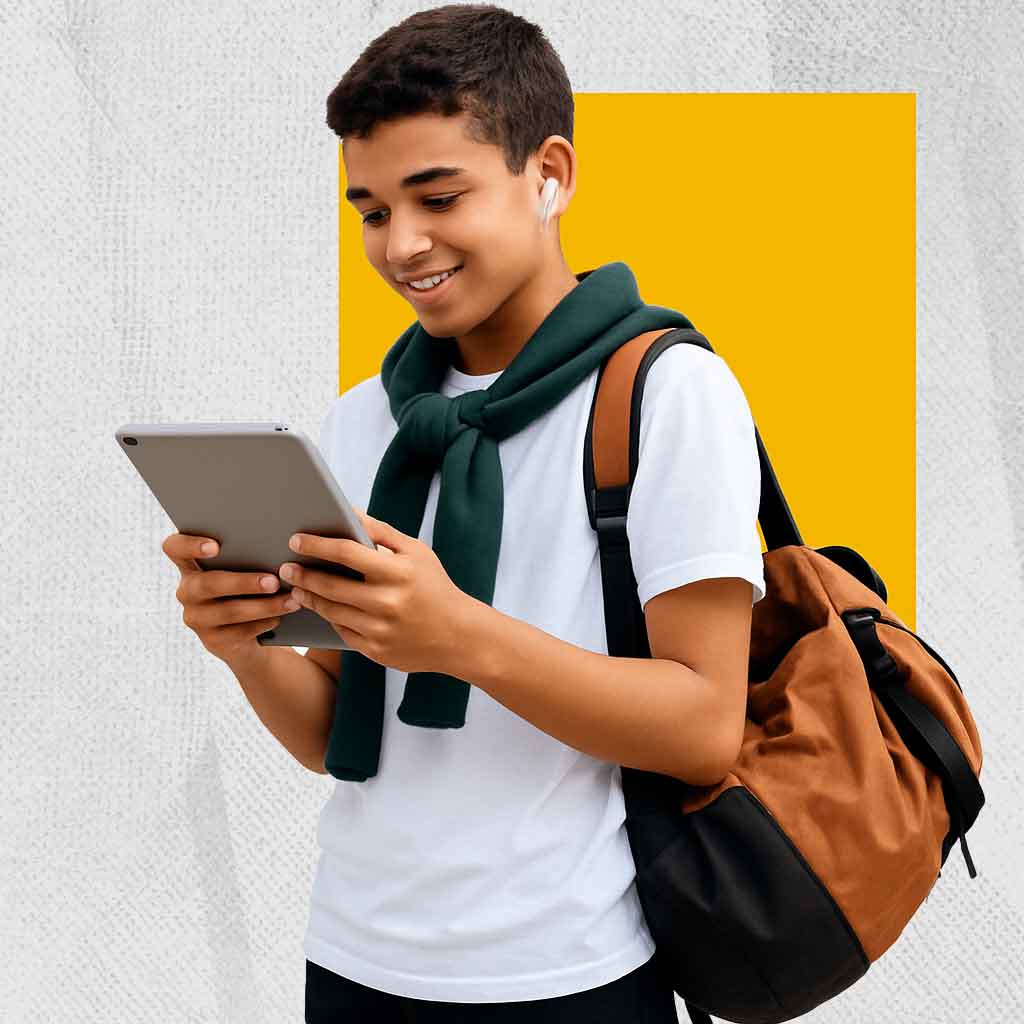Writing for
Good
Insights
In Brief
This article explains the knowledge of an uncommon methodology of learning (Game-Based Learning). It is possible to mix education and video games and make it fun for those involved.
¿What is it?
GBL (Game-Based Learning) is a teaching method that uses the power of games to define and support learning outcomes. Through engaging gameplay, progressive rewards and healthy competition, students of different levels can achieve their educational goals.

¿How does it work?
This method is built on three key principles
Boost Education: Transform learning into a fun game experience, that improves classroom experience that leaves behind monotony and boredom. Students absorb knowledge naturally through play.
Increase Motivation: Students become protagonists and receive continuous rewards, keeping their attention and interest in learning.
Facilitates Practice: Students can apply knowledge safely in simulated environments. Aviation and navigation simulators are prime examples of this approach.
There are two main categories:
Video games: Games designed for pure entertainment.
Serious games: Games designed to teach or help students practice specific skills or content.
While intended for fun, certain video games can be shifted to teach different skills — bringing them into the realm of serious gaming. On the other hand, serious games can incorporate elements of video games to make them more entertaining and engaging.
There is a distinct balance that needs to be reached between these two types of games, to create something educational and fun for students.
Benefits
Improve Responsiveness
Reacting quickly and appropriately to changing situations within games develops students’ ability to make faster decisions and process information more effectively in real-world scenarios.
Promote Teamwork
Working together in multiplayer games requires coordinating actions, solving problems as a group, and communicating effectively—skills that help students develop real-world collaboration abilities.
Helps problem-solving
Analyzing challenges, developing solutions, and making decisions within the game environment, helps students build real-world analytical and strategic thinking skills.
Improve strategy and leadership
Coordinating actions and communicating in multiplayer environments helps students develop real-world collaboration and leadership abilities.
Teach languages
Using and interacting in gaming environments supports students by allowing them to practice vocabulary, grammar, and communication skills in a natural, low-pressure environment
Encourages critical thinking
Analyzing situations, developing solutions, and making strategic decisions in games lets students experience real consequences of their choices, fostering critical thinking skills through practical application.
Introduces situational learning
Practicing and applying knowledge safely in simulated environments – like aviation and navigation simulators – helps students develop skills through hands-on experience with diverse situations that they may encounter in real life.
Drawbacks
Students get too much screen time.
Games aren’t always created equally.
Games can be a source of distraction.
There can be a technology learning curve.
GBL doesn’t replace traditional learning strategies.
Games are not always aligned to teaching or learning goals.

Important Considerations
Show interest in the game itself as a teacher, you don’t need to be passionate about video games but it helps to show your interest.
Use games as complementary educational resources and not as the basis of education.
Avoid games rated for audiences 18 and older.
Understand which skills and competencies you want to improve, before choosing a game.
Look for a healthy learning curve. Do not add impossible levels for students.
Teach gaming moderation to your students.
Game-based learning vs. Gamification
Gamification is another important educational strategy distinct from GBL. Gamification incorporates game design elements into learning—such as badges, reward systems, and leaderboards. In contrast, GBL uses complete games as teaching tools to reinforce existing concepts and introduce new ones.
GBL Gamification Use actual games to teach Add gaming elements into a non-game scenario Could be intrinsically or extrinsically rewarded Extrinsically rewarded Assessment is In-game Assessment is not In-game Lesson content is adjusted to fit the game Game-like aspects are adjusted to fit the lesson content
Some video games for GBL
DragonBox – Math learning game that teaches algebra through puzzle-solving
Extreme Event – Disaster preparedness simulation game
Spore – Evolution and biology concepts through creature creation
Blood Typing – Learn about blood types and transfusion medicine
Prodigy Math – Fantasy RPG that incorporates math problems
Quizizz – Interactive quiz platform for various subjects
Kahoot! – Popular quiz-based learning platform with multiplayer support
Some serious games for GBL
Microsoft Flight Simulator – It was designed to be a comprehensive simulation of civil aviation and it’s one of the few non-combat flight simulators in existence
Tiltfactor Laboratory – Design games that use psychological principles to promote learning, attitude change, and behavior change
A Force More Powerful – Orchestrate a nonviolent resistance campaign from the ground up against dictators, occupiers, authoritarians and oppressive rule
FoldIt – A revolutionary crowdsourcing computer game enabling you to contribute to scientific research
Pacific: The Leadership Game – Pacific is an online video game course on leadership and team management in which users learn and apply strategies, techniques and tools to develop and improve their leadership and team management skills
EndeavorRx – EndeavorRx is an ADHD treatment for kids aged 8-17. It’s delivered through an immersive video game experience on mobile devices
Learning to code with these video games
CodeCombat Interactive RPG-style game – teaching Python and JavaScript through coding challenges.
Screeps – MMO strategy game where you program AI colonies using JavaScript.
Robocode – Program virtual robots in Java to battle in a tank-fighting game.
CodinGame – Solve coding puzzles and compete in multiplayer programming contests.
Human Resource Machine – Puzzle game teaching assembly-like programming concepts.
CodeSpark – Visual programming game designed for young children to learn coding basics.
SHENZHEN I/O – Engineering puzzle game focused on assembly programming and circuit design.
Opus Magnum – Puzzle game teaching programming concepts through alchemy machine automation.
CodeHunt – Educational game where players discover coding patterns through trial and error.
External resources:
- https://www.iberdrola.com/talento/beneficios-videojuegos-aprendizaje
- https://www.prodigygame.com/main-en/blog/game-based-learning/